Rubbing your partner (we’re talking about the PG-13 version, by the way) could improve relationship satisfaction, mental clarity, and mood. For both parties. So, what’s stopping you from getting handsy with your significant other? Oh, right: The fact that your partner murmurs a polite “thank you” while pulling away from your well-intentioned shoulder squeezes. Every single time.
Let's change that. In this article, learn five simple steps to giving your partner a better massage so they melt and lean into—instead of withdrawing from—your touch.
#1: Know your basic massage techniques
Sure, you're not a professional masseuse. But that doesn't mean you should be content to prod your partner at random spots and pray they enjoy the experience. And that’s why you should at least know the five basic massage techniques:
- Effleurage: Long, slow, gliding strokes. These are perfect as either opening or closing strokes at the beginning and end of a session, respectively. Check out this short demo.
- Petrissage: Deep, kneading strokes. The six essential motions of petrissage include wringing, knuckling, scissoring, skin rolling, pick-up-and-squeeze, and, of course, kneading. Check out this short demo.
- Tapotement: Rhythmic tapping or patting. Involves cupping, pounding, hacking, plucking, pummeling, and tapping; most often administered with a cupped hand, the edge of the hand, or the tips of the fingers. Check out this short demo.
- Friction: The “strumming” of knots in either a back-and-forth or circular motion. Typically done with the fingers or thumbs. Check out this short demo.
- Vibration: The pressing and releasing of soft tissues in an up-and-down movement. Check out this short demo.
#2: Familiarize yourself with common massage focus areas
Common massage focus areas include the back, shoulders, neck, hands, legs, and feet. Look up muscle anatomy images of these regions and familiarize yourself with the direction(s) in which the muscle fibers tend to run. For example, the fleshy part of the palm by the base of your:
- Thumb: Thenar eminence (runs 45 degrees toward the thumb)
- Little finger: Hypothenar eminence (runs 45 degrees toward the little finger)
This means you’d generally want to focus on applying pressure to these spots in a 45-degree direction, from the base of your partner’s hand to the thumb and little finger.
#3: Make sure your partner is comfortable
If your partner isn’t relaxed, they won’t enjoy the session. This is why you’ll need to:
- Pick a suitable location: Ideally, the bedroom; but if that’s not possible, make sure there’s at least space for your partner to lie down and for you to move around with ease (you don’t want to knock something over every 2 minutes).
- Set the mood: Think romantic. So, dim the lights, bring out the candles (scented, if you and your partner are OK with that), and play some soft music.
- Agree on no-touch zones: Find out if there are any body parts your partner considers off-limits before starting the session, and make sure you honor their boundaries!
#4: Pick the right massage oil or lotion
It needs to be slippery enough so your hands can glide over your partner’s preferred massage areas—but not too slippery. A little friction is perfect to promote comfortable contact without tugging painfully at the skin. While unscented coconut oil is often a safe bet, feel free to experiment to learn what works best for you and your significant other.
#5: Encourage your partner to be vocal about what they like/dislike—and listen to them
You can think of giving a massage as getting intimate under the sheets; everyone has different "pleasure points" and enjoys different types of pressure. Meaning? The only way to find out what your partner likes is to check in with them frequently during the massage. A few questions to ask include:
- Does this feel OK?
- Do you prefer a more firm or gentler touch?
- Where would you like me to move on to?
- What would make you feel better?
Here’s what you shouldn’t do
- Use jerky movements or rush through the process: Energy is an unspoken language; if all you're trying to do is end the session ASAP, your partner will 100% sense it.
- Proceed to erogenous zones without asking: You may be getting all hot and heated…but don't try to get you and/or your partner naked unless your partner is on board.
- Expect your partner to massage you: Do it to make your partner feel good, not because you're expecting something (e.g., a massage or a special type of "appreciation") in return.
And there you go! You now have the power to build a stronger relationship with your partner with just your hands (well, OK—maybe your elbows and forearms, too).




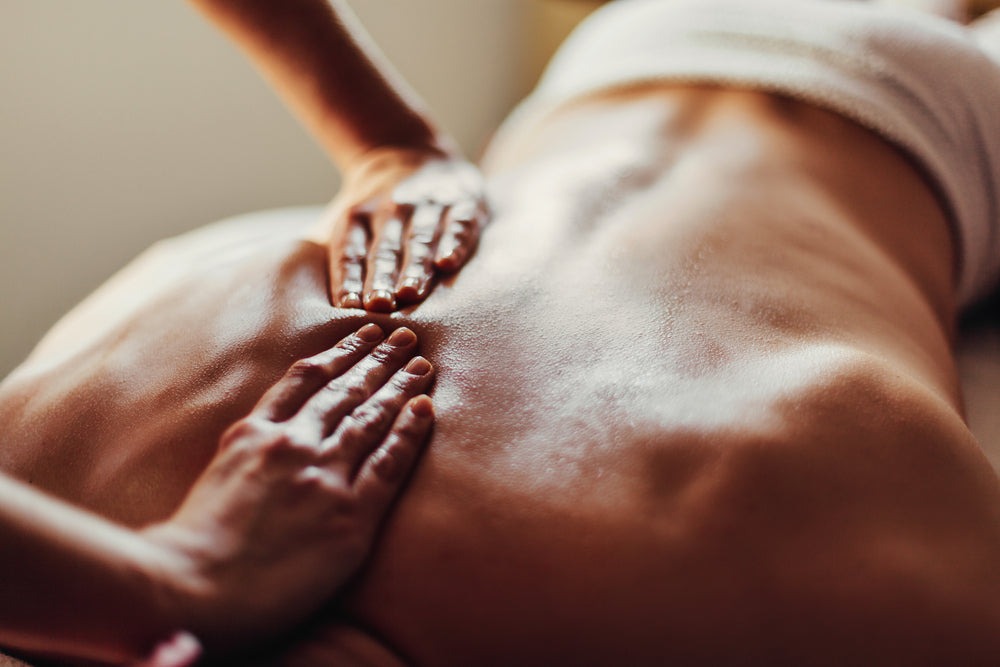



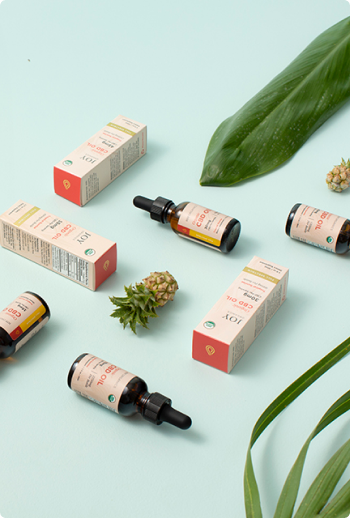

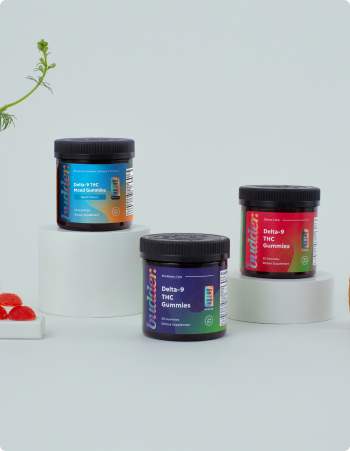










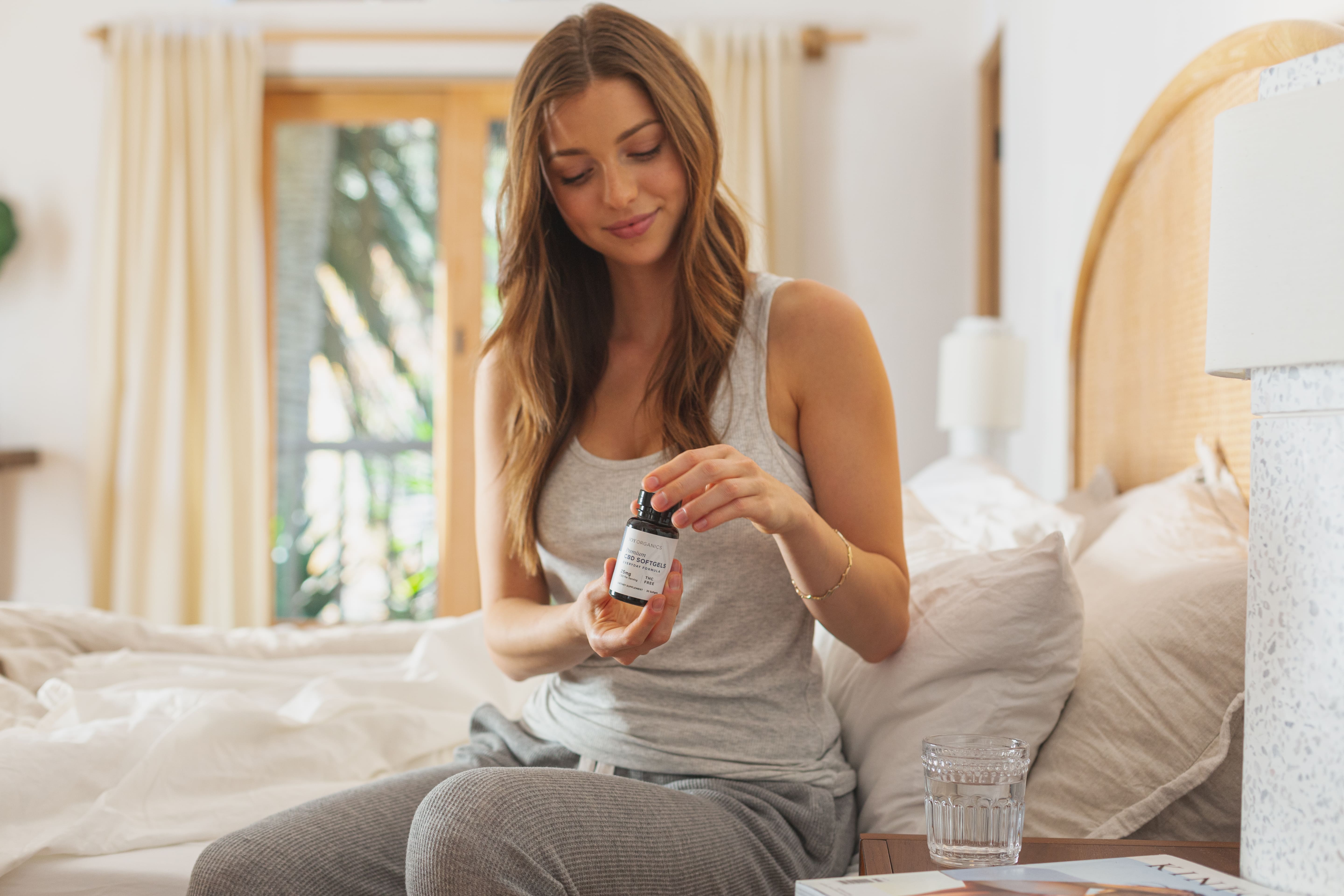

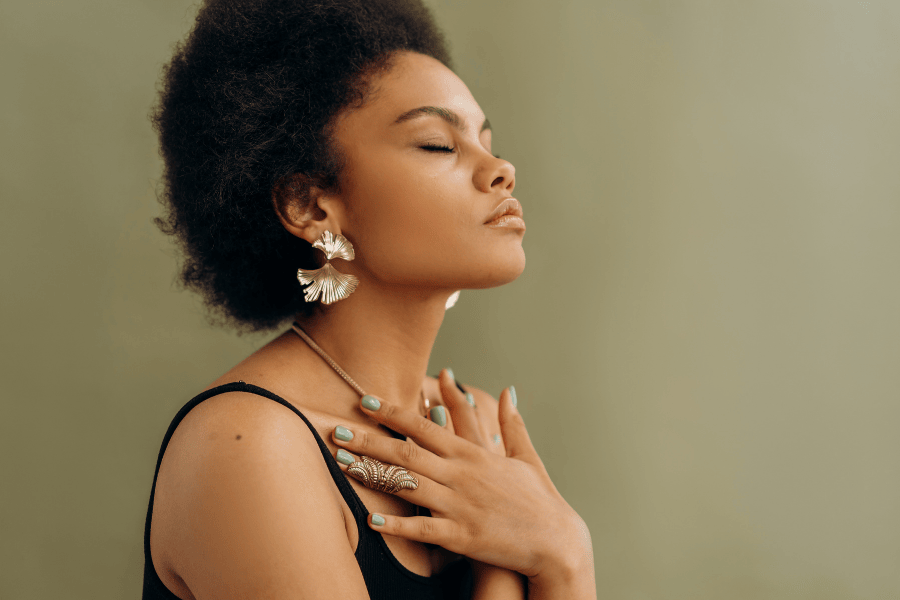


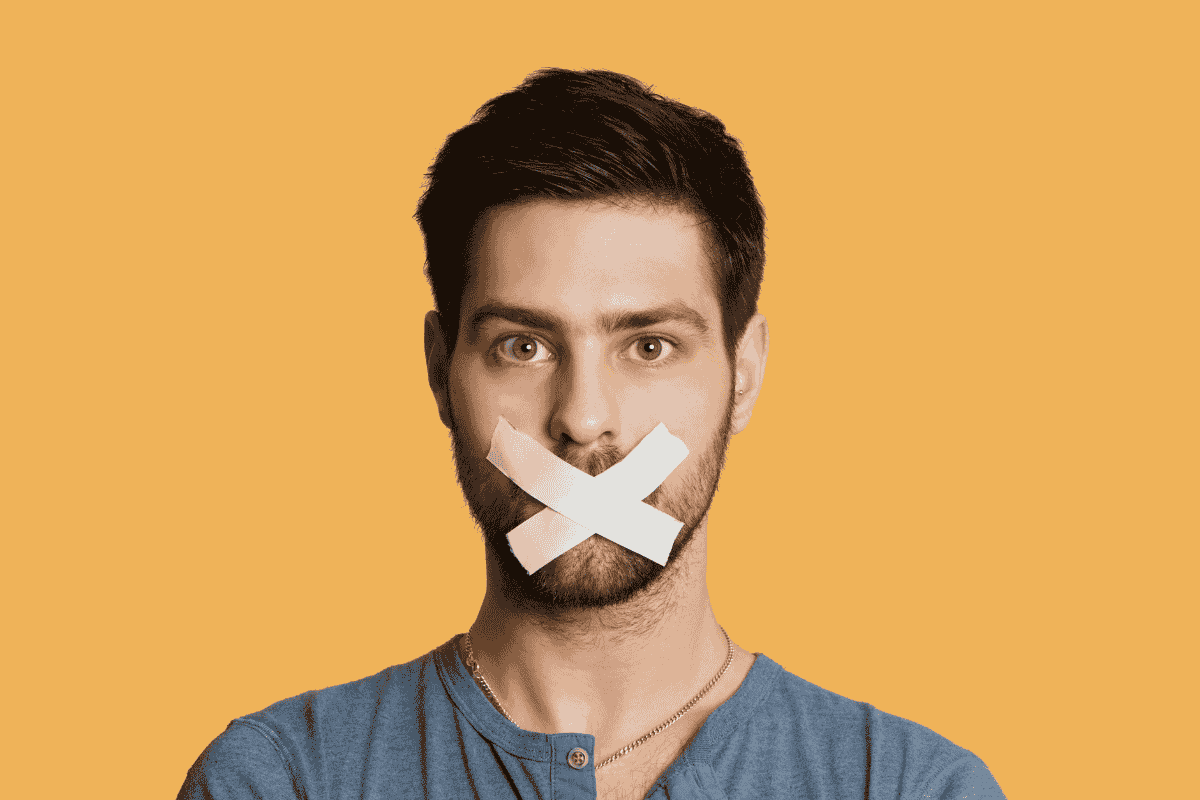


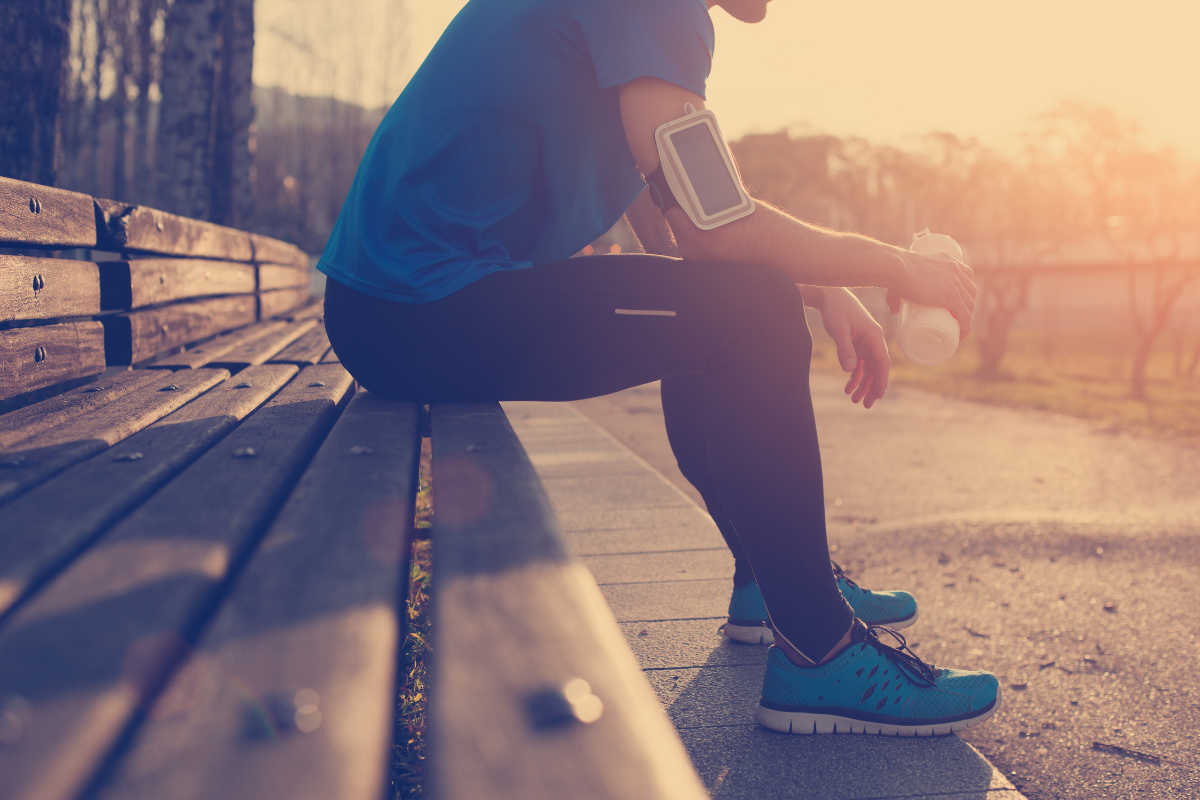


















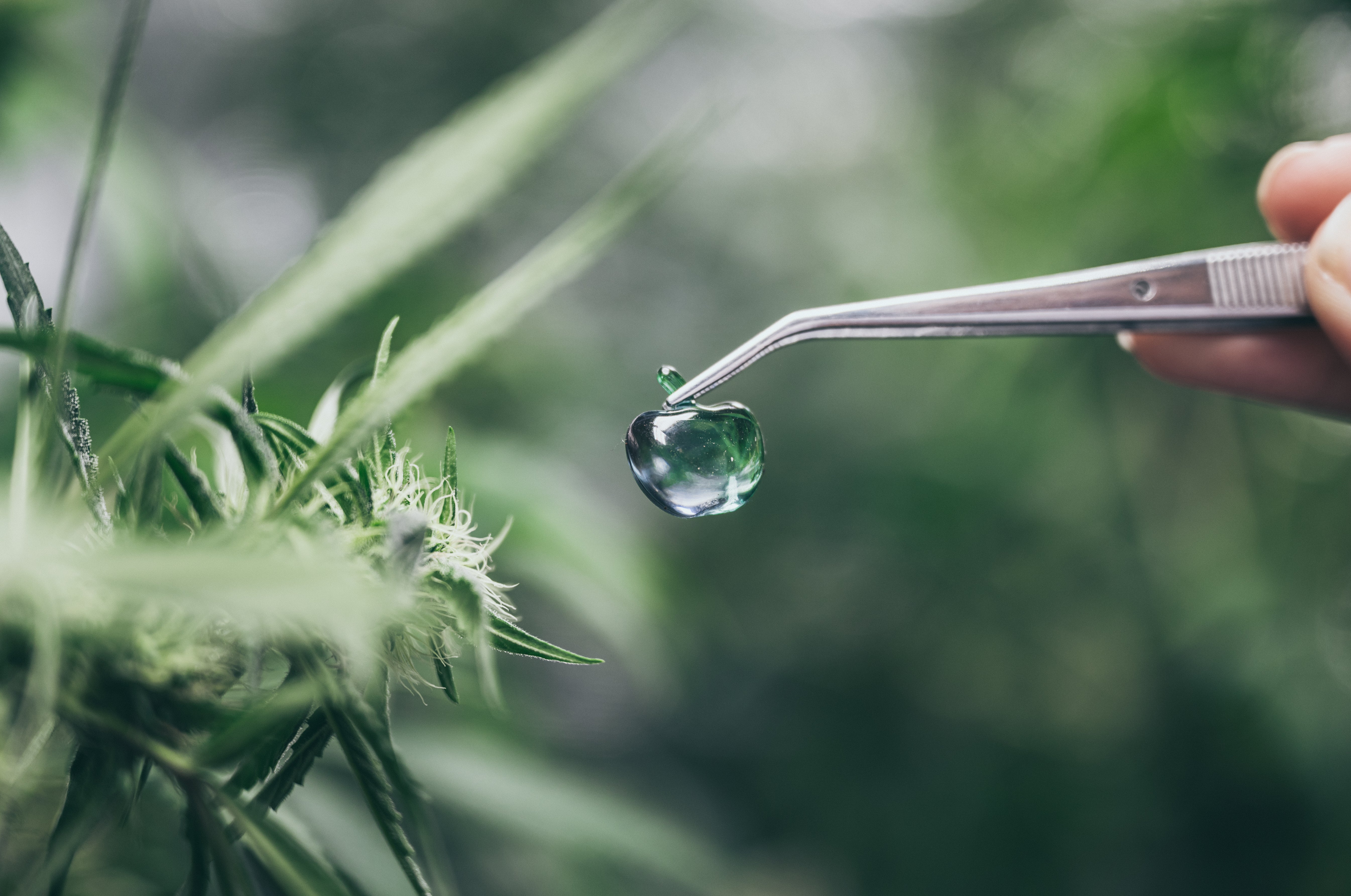
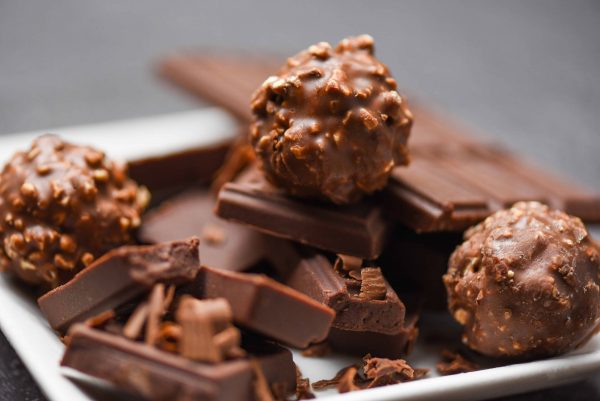








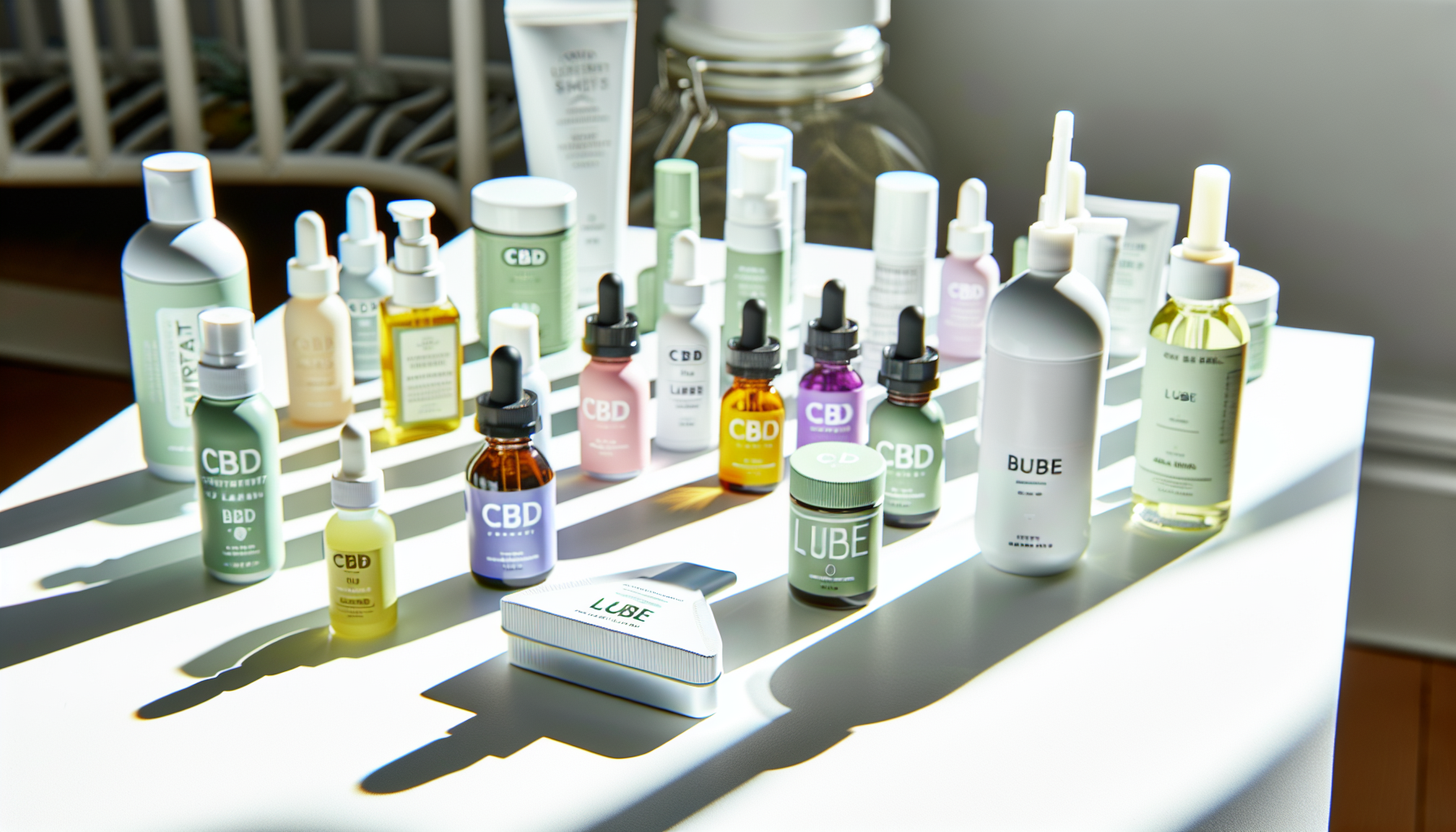

Join in on the Conversation
Your email address will not be published. Once your comment is approved, it will be published.